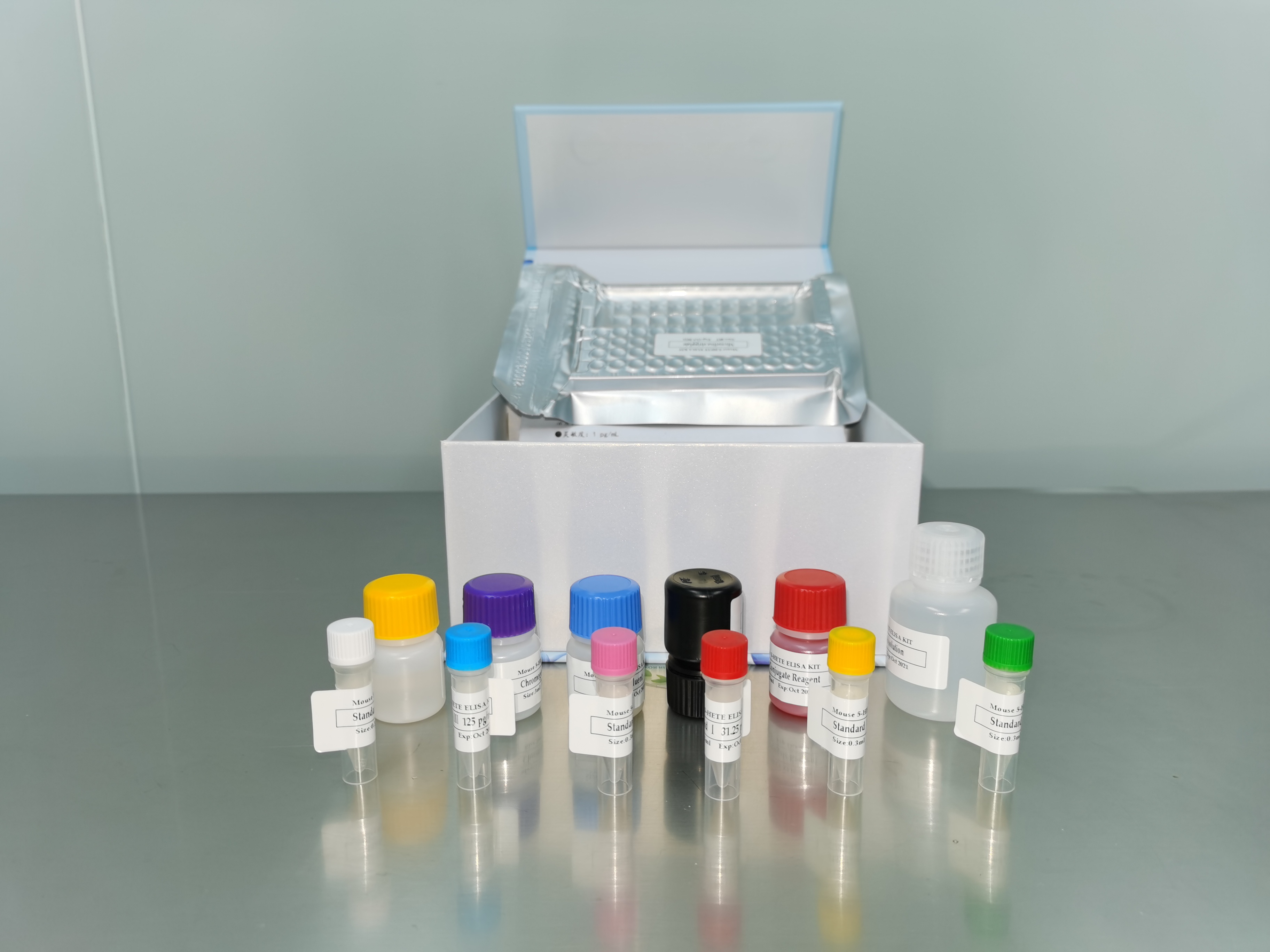| 产品名称: | SK-RST |
|---|---|
| 商品货号: | TS133075 |
| Organism: | Sus scrofa, pig |
| Tissue: | kidney, cortex |
| Product Format: | frozen |
| Morphology: | epithelial |
| Culture Properties: | adherent |
| Biosafety Level: | 1
Biosafety classification is based on U.S. Public Health Service Guidelines, it is the responsibility of the customer to ensure that their facilities comply with biosafety regulations for their own country. |
| Disease: | normal |
| Age: | 1 day old newborn |
| Gender: | male |
| Applications: | The cells may be used in diagnostic tests for swine diseases and for production of products for use in veterinary and human medicine. |
| Storage Conditions: | liquid nitrogen vapor phase |
| Karyotype: | diploid |
| Images: |  |
| Derivation: | The cells were derived from the cortices of four kidneys obtained from two 1-day old pigs. |
| Clinical Data: | male |
| Comments: | The cells are free from the classical swine fever viruses and porcine circoviruses as described in 9 CFR 113.46, 9 CFR 113.47 and 9 CFR 113.55.xa0 The SK-RST cells exhibited cytopathology after being infected with two serotypes of vesicular stomatitis virus, Newcastle disease virus, porcine parvovirus, pseudorabies virus, reovirus, transmissible gastroenteritis virus, bovine virus diarrhea, bovine adenovirus, bovine parainfluenza 3 virus, infectious bovine rhinotracheitis virus, and with representatives of the A, O, C, SAT1, SAT2, SAT3 and Asia serotypes of foot-and-mouth disease virus. Classical swine fever virus (CSF)-infected SK-RST cells produced CSF antigen that was detectable using a CSF-antigen specific monoclonal antibody in an avidin-biotin complex immunohistochemistry assay.xa0 The SK-RST cells failed to exhibit cytopathology when exposed to porcine adenovirus, bluetongue virus, bovine respiratory syncytial virus, and bovine parvovirus.xa0 |
| Complete Growth Medium: | The base medium for this cell line is ATCC-formulated Eagles Minimum Essential Medium, Catalog No. 30-2003. To make the complete growth medium, add the following components to the base medium: fetal bovine serum to a final concentration of 10%.
|
| Subculturing: | Volumes used in this protocol are for 75 cm2 flask; proportionally reduce or increase amount of dissociation medium for culture vessels of other sizes.
Interval: Subculture when cells reach a concentration between 7 x 104xa0and 9 x 104xa0cells/cm2.
Subcultivation Ratio: A subcultivation ratio of 1:5 to 1:8 is recommended
Medium Renewal: Every two to three days. |
| Cryopreservation: | Complete growth medium supplemented with 5% (v/v) DMSO. Cell culture tested DMSO is available as ATCC® Catalog No. 4-X.
|
| Culture Conditions: | Temperature: 37°C
Atmosphere: Air, 95%; Carbon dioxide (CO2), 5% |
| Population Doubling Time: | 21 hours |
| Name of Depositor: | RS Trowbridge |
| Year of Origin: | 1998 |
| References: | Hay, R. J., Caputo, J. L., and Macy, M. L., Eds. (1992), ATCC Quality Control Methods for Cell Lines. 2nd edition, Published by ATCC. Caputo, J. L., Biosafety procedures in cell culture. J. Tissue Culture Methods 11:223-227, 1988. Fleming, D.O., Richardson, J. H., Tulis, J.J. and Vesley, D., (1995) Laboratory Safety: Principles and Practice. Second edition, ASM press, Washington, DC. |


